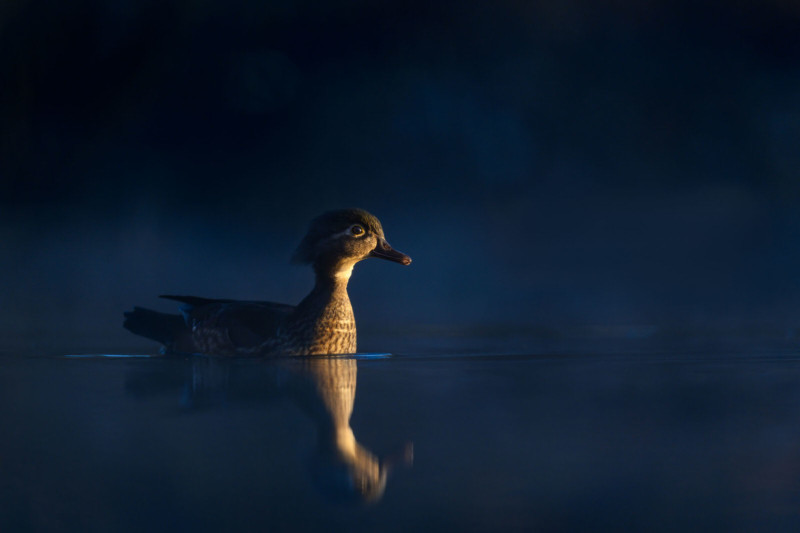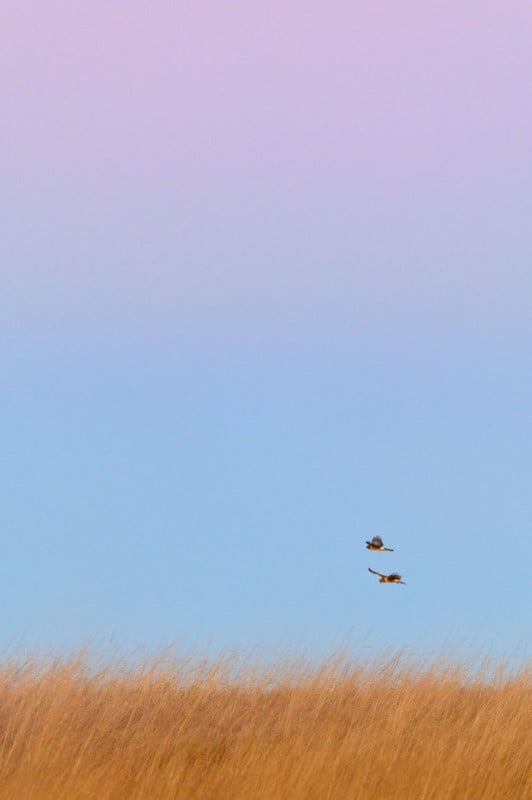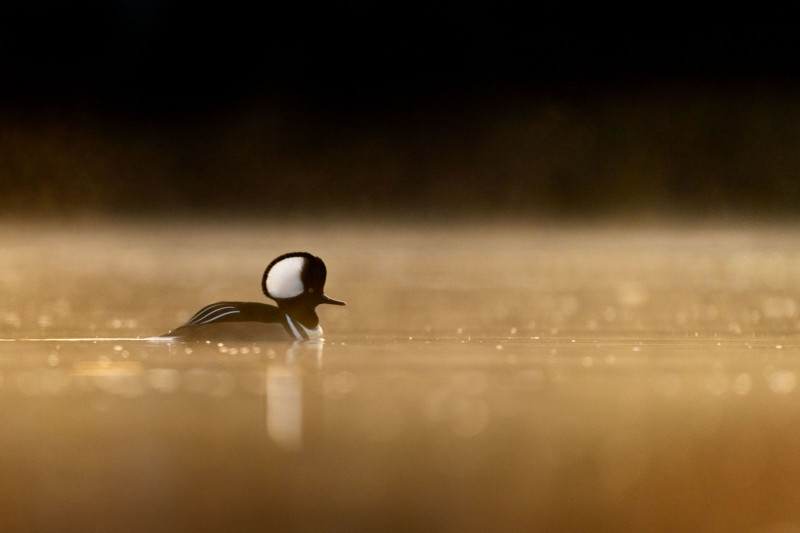Thoughts on the Nikon Z6 II for Wildlife Photography
I’ve had the Nikon Z6 II in my possession for the past three weeks and have been able to put the camera to use photographing birds, and I’d like to share my thoughts on the experience.
Let me start by saying I am fully aware that three weeks isn’t necessarily long enough to get to know this new camera fully. I also understand there are some settings that I can likely change to improve some of the behaviors that I found to be less than ideal.
The goal of the 42-minute video review above is to share my experience with the camera, doing my best to treat it just like my previous camera of 6 years, the Nikon D4s. I did my best to set up the Z6 II for my style of shooting and took it out to put it through its paces. I can easily say in many areas I found the camera to exceed my expectations with the areas of struggle being mostly what I anticipated.

My overall conclusion is, when used similarly as I used my DSLR, this camera does a great job at bird photography and is a camera I can highly recommend to many bird and wildlife photographers. For mostly static portraits and light action the camera excels!
![]()
These types of bird photos make up a high percentage of what I shoot. The new benefits that come with a mirrorless camera such as seeing your exposure in the viewfinder as well as being able to use the flip-out LCD in circumstances like laying prone, I do this a lot, are a nice little bonus. The standout feature for me was the silent shutter. Now that I have gotten used to that I don’t ever want to hear my shutter again!

Where the camera still seems to struggle is with the fastest of action. I have managed to get some wonderful photos of birds in flight but I have also struggled to track some birds in flight in circumstances where I haven’t in the past with a DSLR.
While the frame rate can be set to 14 fps, in the circumstances when I would normally want that high of a frame rate the way the camera performs with the slideshow-effect images in the viewfinder make it near impossible to track the action. Subject tracking works wonderfully at times but the inconsistency causes me to shy away from ever fully relying on it.
Animal eye-AF is only geared towards domestic animals, but I had a small sliver of hope it might pick up on the occasional bird eye if it was close and in great light, it did not. Of course, some of these things may be addressed with future firmware updates and I hope they are but this is where the camera is right now.
![]()
![]()

![]()
![]()
![]()

For me, it is still going to likely become my main camera and in the scenarios when I don’t feel that this camera might keep up, I’ll bust out my trusty D4s.
As I mention in the video, if you think you might like this camera for your wildlife photography, I highly recommend you rent one and see if it’s a good fit for you. Everyone has a unique style of shooting, as well as approach and goals for their wildlife photography.
A camera can be an ideal fit for one photographer and not at all for another. Cameras are such a personal choice, and while it’s smart to take other photographer’s opinions into account, it’s best not to rely on those opinions and try it yourself to see if it’s a great fit for what and how you like to photograph wildlife.
About the author: Ray Hennessy is a full-time wildlife photographer based in New Jersey who specializes in bird photography. The opinions expressed in this article are solely those of the author. Hennessy offers workshops and mentorships and is also available for assignments. You can find more of Hennessy’s work on his website, YouTube, Facebook, Twitter, and Instagram.